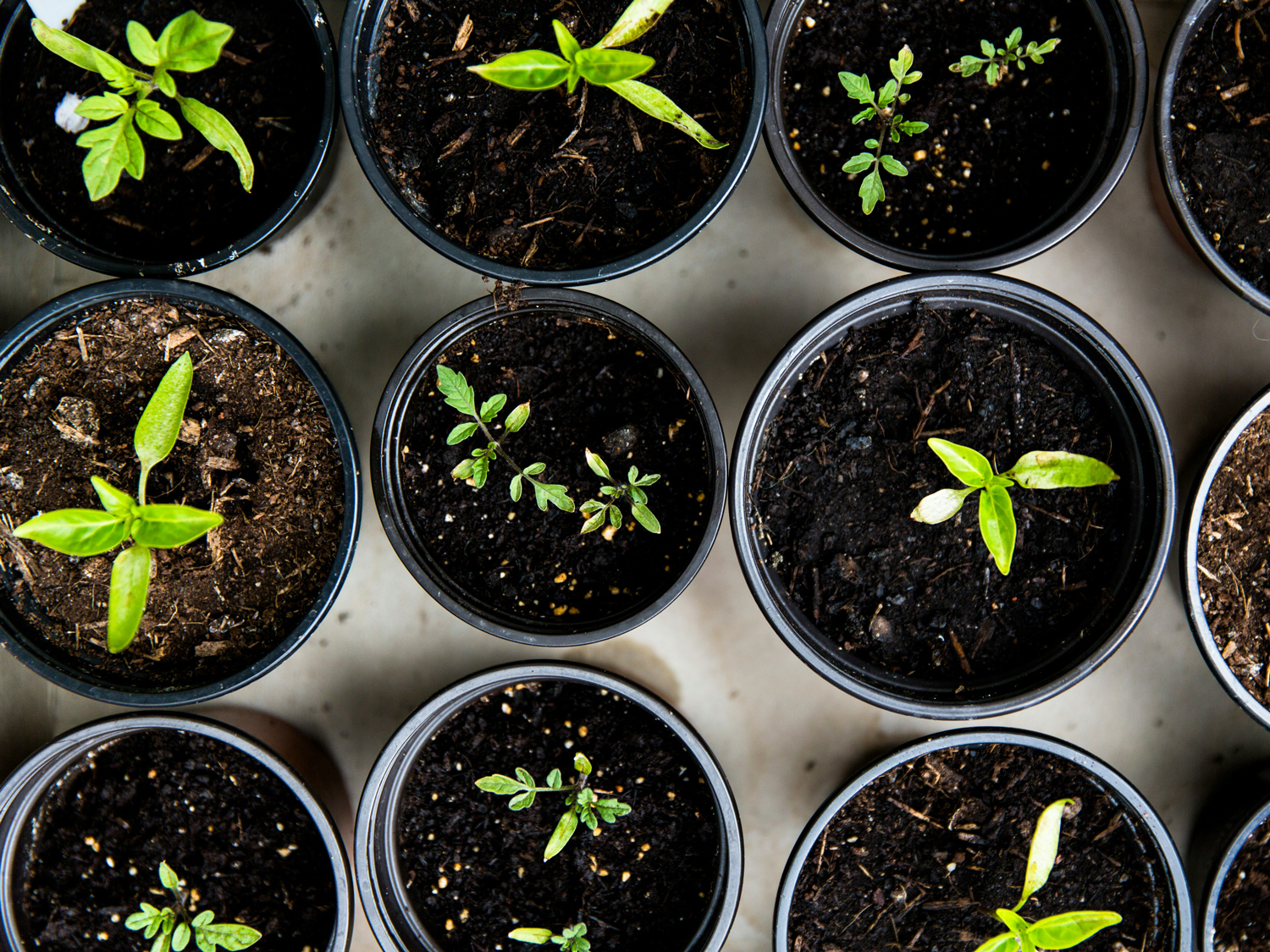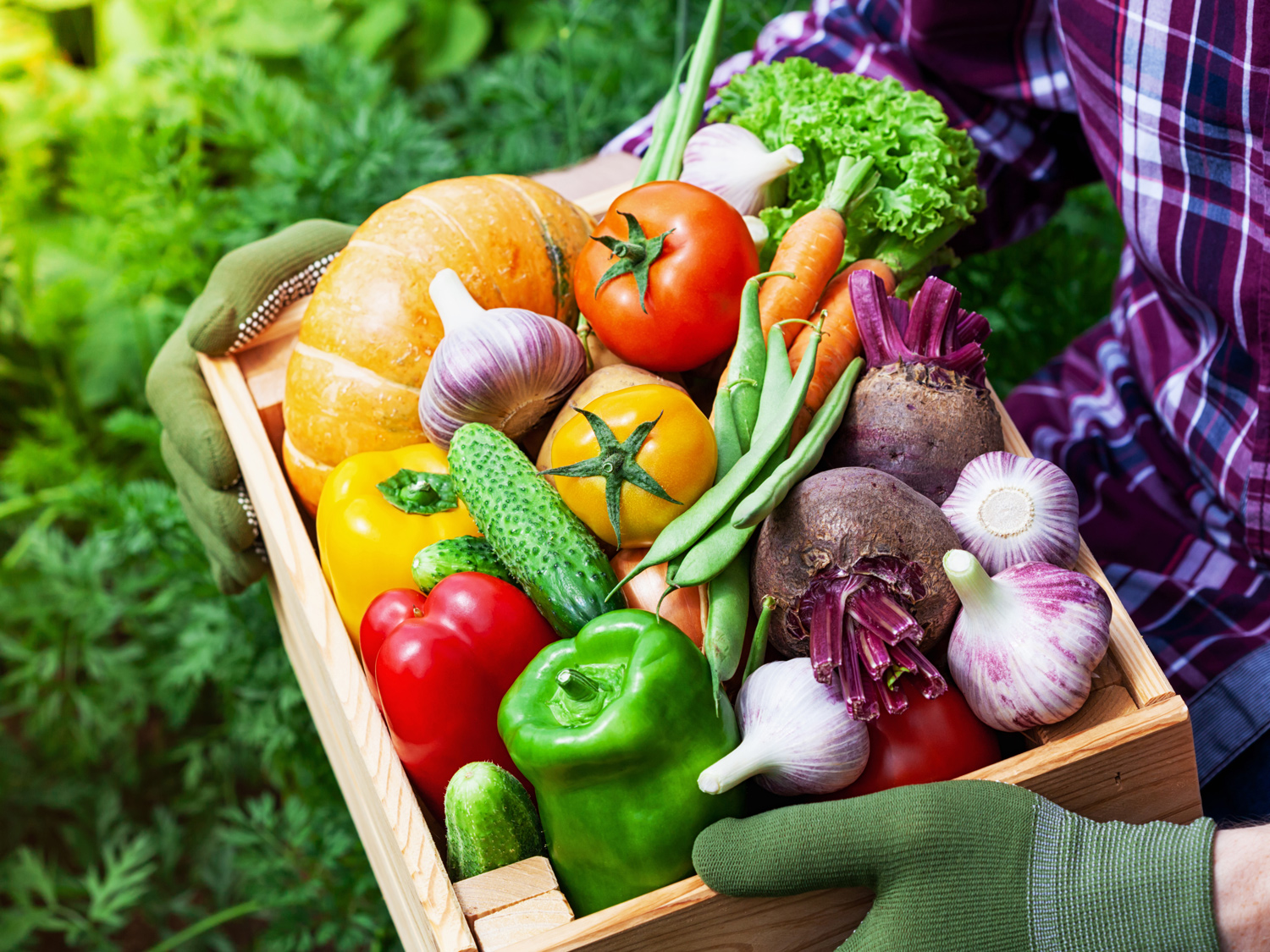Brassica, Napa Cabbage, Nozaki ~ 200 seeds


- Sun Preference
- Full-Sun, Part-Sun
Description
Brassica rapa
Certified Organic
A quick-heading Chinese cabbage for the fall garden.
A big bed of Chinese Cabbages in the fall means good eating for the winter months. While the cabbage heads themselves are excellent storage crops, they are also the main ingredient in one of the world's most beloved fermented foods: kimchi. Made by salting Chinese cabbage until it wilts, then fermenting for a few weeks with ginger, scallions, garlic, and hot peppers, kimchi lasts for months in the refrigerator and enlivens any winter dish. Nozaki is a hard-to-find open-pollinated variety that grows quickly into small heads with frilly outer leaves.
Seed Starting Successfully
Start your garden from scratch with Gertens' wide variety of seed packets! Whether you're a seasoned gardener or just starting out, we have seeds for every skill level and garden size. From colorful flowers to delicious vegetables, our seeds are carefully selected for their quality and performance.
Details
While artist Zhong-hua Lu was growing up in China, cultural arts were condemned, but he continued to paint in secret. Because of his bravery and his teachings, the beauty of this art form lives on, as do the skills required to create it. This cabbage is the artistic creation of Steve Peters. Through Seed Revolution Now, Steve independently breeds varieties on-farm, continuing age-old traditions, teaching disappearing skills, and sharing seeds so that they can be passed on to future generations.
A big bed of Chinese Cabbages in the fall means good eating for the winter months. While the cabbage heads themselves are excellent storage crops, they are also the main ingredient in one of the world's most beloved fermented foods: kimchi. Made by salting Chinese cabbage until it wilts, then fermenting for a few weeks with ginger, scallions, garlic, and hot peppers, kimchi lasts for months in the refrigerator and enlivens any winter dish. Nozaki is a hard-to-find open-pollinated variety that grows quickly into small heads with frilly outer leaves.
Growing Instructions
Start indoors at indicated timing, or direct sow and thin to indicated spacing. Chinese cabbage bolts easily when exposed to the warm temperatures of summer, so be sure to start it early or wait to plant a fall crop when it is much easier to grow. Great eaten raw, stir-fried or pickled.
Quick Facts
Days to Germination: 3-10 days
Days to Maturity: 70 days
Planting Depth: ½"
Spacing in Row: 24"
Spacing Between Rows: 24"
Height at Maturity: 18"
Width at Maturity: 24"
About the Artist
Artwork by Zhong-hua Lu. This traditional Chinese brush painting on rice paper captures the robustness of a head of Chinese cabbage along with its delicate flavor and texture. A resident of Upstate New York, Zhong-hua is from Shandong Province, China. He practices Chinese brush painting daily.
More Information
| Brand | Hudson Valley Seed Co |
|---|---|
| Seed Packet Type | Vegetables |
| Common Family Name | Cabbage |
| Sun Preference | Full-Sun, Part-Sun |
| Deer Resistant | No |
| Harvest Time | Spring, Fall |
| Plant Life Cycle | Annual |
| Mature Height (Range) | 13" - 24" |
| Spacing Between Rows | 24" |
| Spacing in Row | 24" |
| Planting Depth | ½" |
| Days to Germination | 3-10 days |
| Days to Maturity | 70 days |


